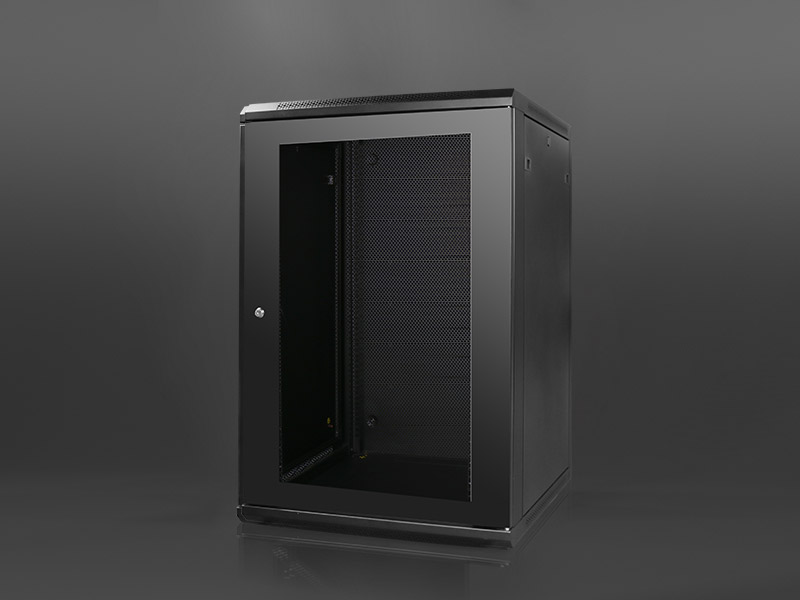Standard cabinets are widely used in the stacking of computer network equipment, wireless/wireless communication equipment, electronics and other equipment. The cabinet has the advantages of enhancing electromagnetic shielding, reducing equipment working noise, and reducing equipment ground area occupation. For some high-end cabinets, it also has an air filter function to improve the quality of the working environment of precision equipment. The panel width of many engineering-grade equipment adopts 19 inches, so the 19-inch cabinet is the most common standard cabinet. There are many types and styles of 19-inch standard cabinets, including imported and domestically produced cabinets, and the price and performance gaps are also very obvious. The price of cabinets of the same size and different grades may vary several times. When purchasing standard cabinets, users should comprehensively select appropriate products according to the specific conditions and budget of the installation and stacking equipment.
Generally, the equipment in the equipment room with a little bit of weight is made of angle iron or channel steel as a rack, and the equipment is placed on the rack, so as to avoid resonance caused by people walking on the floor, and the load-bearing capacity of many floors on the market now Not enough, so heavier equipment generally cannot be placed directly on the floor.
In addition, if the floor needs to be drilled out, holes should be made on the sides of the floor instead of in the middle, because it is inconvenient to open in the middle to replace the floor or change the wiring.
Pay attention to the following points when installing the cabinet:
1. With the relevant dimensions of the cabinet, check the appearance of the equipment to make sure it matches with the selected bracket. A sturdy cabinet can hold up to 450 pounds, so check the tools used to take out the equipment, such as a lifting door or a trolley. A good cabinet is equipped with wheels, so you only need to install the equipment that needs to be installed, and then push the cabinet to a suitable place.
2. Measure the size of the room and the height of the ceiling, door and elevator that the cabinet passes. Furthermore, considering the multiple types of equipment in the cabinet, make sure to place the cabinet close to the power supply, network cable sockets, and communication sockets.
3. Check the opening angle of the cabinet door when opening and closing the cabinet. The standard cabinet door opens on the right and the door axis is on the left. Of course, the opposite is not ruled out. All doors and side panels should be easy to open for easy maintenance.
4. When you want to install the equipment cabinets into an existing cabinet group, you can arrange the cabinets in a row next to each other, which is safe and tidy. For various reasons, some cabinet groups cannot be added, or only a few accessories can be added. The best cabinet group model should be fully expandable and equipped with all necessary hardware. The side panels of the cabinet can be removed, and the cabinets can be connected to each other with screws to form a row.
www.sunpln.net









 Home
Home